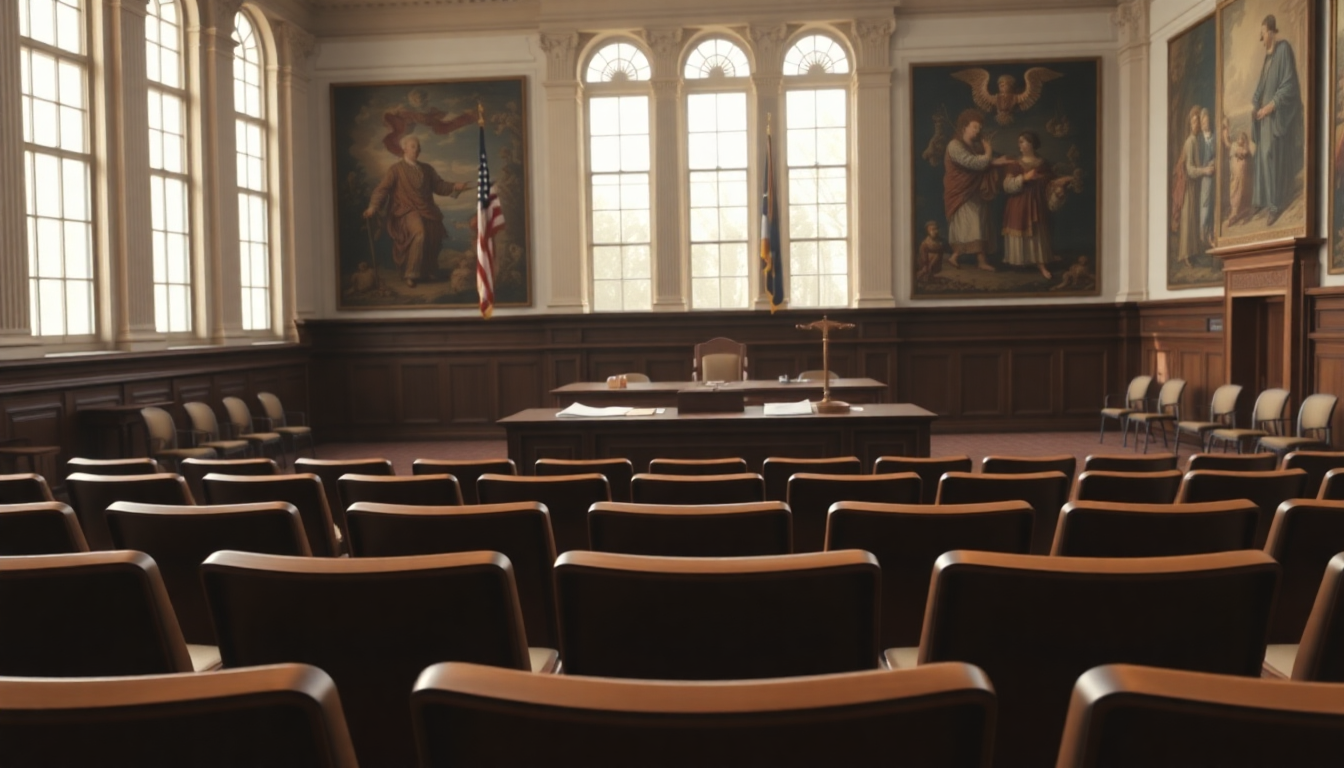Table of Contents
The recent ruling by a federal court has major implications for presidential powers when it comes to immigration policies. As the nation grapples with the complexities of immigration law, this decision sheds light on the ongoing tug-of-war between executive authority and legislative frameworks. Have you ever wondered how much power the President really has over immigration? This court’s judgment emphasizes the crucial role of Congress in setting immigration laws and highlights the potential fallout from unilateral executive actions.
The Court’s Ruling
US District Judge Randolph Moss issued a pivotal ruling stating that President Donald Trump overstepped his authority by trying to bar asylum claims at the southern border. This ruling arrives amid a broader immigration crackdown that Trump has characterized as a necessary response to what he calls an invasion from foreign powers. But Judge Moss warned that this approach could lead to the creation of an ‘alternative immigration system’ that strays from the laws Congress established.
In his detailed 128-page decision, Moss pointed out that neither the Immigration and Nationality Act (INA) nor the Constitution grants the President the sweeping powers he claimed in his proclamation. He emphasized that the President cannot simply swap established immigration rules for a new, extralegal framework. This ruling not only challenges Trump’s claims but also reinforces Congress’s authority to legislate immigration laws. Isn’t it fascinating how the balance of power in government can shift with a single decision?
The Implications for Asylum Seekers
Asylum is a vital process that allows individuals fleeing persecution to seek protection in the United States. The court recognized the potential harm that could arise from suspending asylum claims, cautioning that thousands could be stripped of their rights during the appeal process. Judge Moss stated, “A substantial possibility exists that continued implementation of the Proclamation… will effectively deprive tens of thousands of individuals of the lawful processes to which they are entitled.” This underscores the necessity of keeping established legal pathways open for those facing desperate circumstances.
In reaction to the ruling, the Trump administration announced plans to appeal, arguing that a local district court judge shouldn’t have the power to hinder the President’s ability to secure the nation’s borders. This defense raises significant questions about the extent of executive power and the ability to define national crises, like immigration, without congressional oversight. What do you think—should the President have the final say on such matters?
Broader Context and Future Considerations
Judge Moss acknowledged the challenges the Executive Branch faces in managing the surge of asylum applications, particularly the backlog that has overwhelmed the immigration system. However, he concluded that these challenges don’t justify a unilateral alteration of the rights granted to those seeking asylum. This ruling acts as a reminder that the U.S. immigration system is founded on principles set by law, which cannot be disregarded by executive decree.
This ruling stems from a class-action lawsuit initiated by various immigrant rights groups, highlighting the ongoing fight for immigrant rights within the legal framework. The decision has been embraced by organizations advocating for immigrant protections, reinforcing the idea that the President cannot unilaterally dismantle laws created by Congress based on personal interpretations of threats. How do you feel about the role of the courts in protecting immigrant rights?
As this legal battle unfolds, it will be essential to watch how the courts navigate the complicated relationship between executive power and immigration law. The outcome of the appeal could set a significant precedent regarding the limits of presidential authority in immigration matters, potentially shaping U.S. immigration policy for years to come. Are we witnessing a turning point in how immigration is handled in America?


